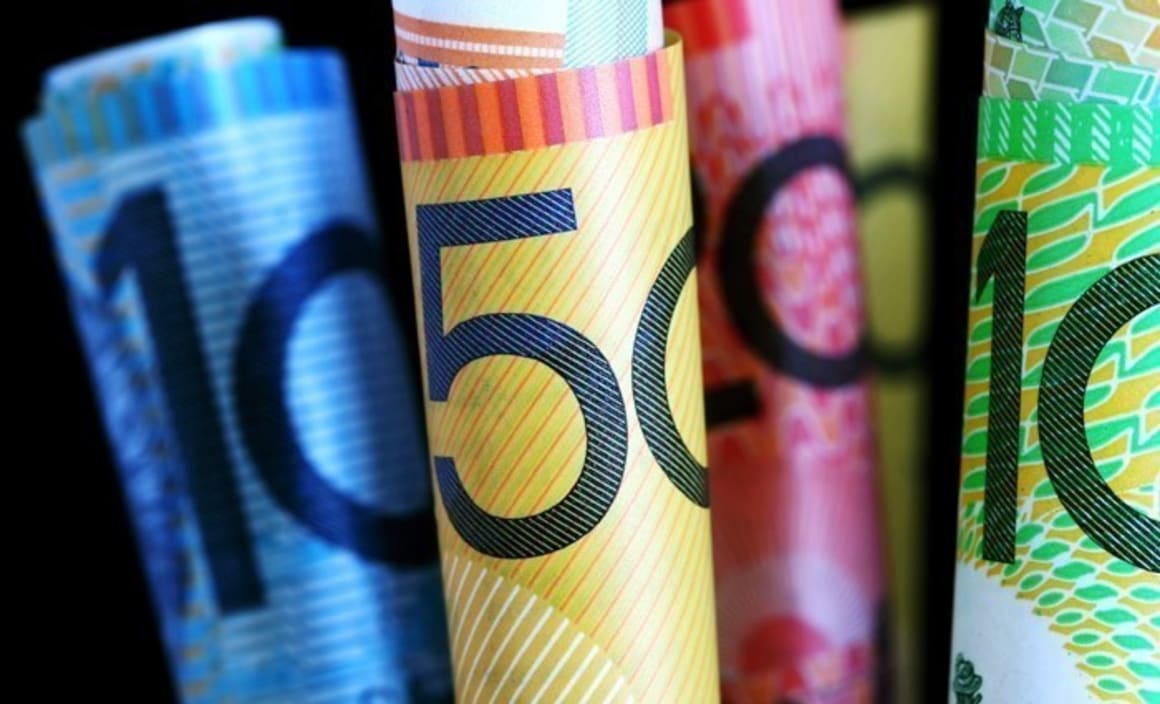Low inflation keeps the Reserve Bank sidelined: Ryan Felsman

Staff reporterDecember 7, 2020
EXPERT OBSERVER
The Consumer Price Index – the main measure of inflation in Australia – rose by 0.4 per cent in the June quarter, below expectations for a lift of 0.5 per cent.
In seasonally adjusted terms the CPI rose by 0.5 per cent.
The annual rate of headline inflation lifted to 2.1 per cent in the June quarter from 1.9 per cent in the March quarter.
But the seasonally adjusted annual growth rate lifted to 2.2 per cent (also from 1.9 per cent).
Underlying measures: The Reserve Bank monitors three measures to derive the underlying inflation rate.
The trimmed mean rose by 0.5 per cent in the June quarter (1.9 per cent annual); the weighted median rose by 0.5 per cent (1.9 per cent annual) and the CPI less volatile items rose by 0.2 per cent (1.8 per cent annual).
Overall, underlying inflation rose by 0.5 per cent in the quarter and by 1.9 per cent over the year.
Market goods and services less volatile items was up by 0.2 per cent in the quarter to be up 1.1 per cent on the year.
Main changes: Automotive fuel prices rose by 6.9 per cent in the June quarter, followed by medical and hospital services (up by 3.1 per cent) and tobacco (up by 2.8 per cent). But domestic holiday travel and accommodation prices fell by 2.7 per cent, followed by motor vehicles (down by 2.0 per cent) and vegetables (down by 2.9 per cent).
What does it all mean?
The Reserve Bank is likely to be unmoved by today’s inflation report.
Consumer prices remain well contained, reflecting lacklustre wages growth, and aggressive price discounting and competitive pressures from global e-commerce entrants into the retail sector.
And Aussie businesses are playing their part keeping costs under control by supressing wages growth.
The NAB business survey for the June quarter, released last week, highlighted that business prices tracked sideways.
In fact the NAB said, “The range of both input and final price indicators (labour costs, purchase costs and final products prices) suggest little, if any significant price pressures. Retail prices growth also tracked sideways at a very low rate. Wholesale price inflation slowed in the quarter, suggesting some further downstream price weakness.”
That said, by generating higher sales and record profits, corporate Australia has supported strong jobs growth over the past 18 months.
Non-mining business investment is strengthening and the miners are beginning to generate strong free cash flow, supporting future capital equipment and exploration spending.
The broader pick-up in economic activity and emerging skills shortages in some industries (i.e. STEM, construction and mining) are expected to lead to eventual pay rises for workers, gradually lifting consumer prices.
The lift in imported (tradables) inflation was unsurprising.
Fuel prices have lifted globally on the back of OPEC and Russian crude oil supply restraint.
CommSec produces a weekly report detailing movements in Australia’s petrol prices.
The national average Australian price of unleaded petrol has been near 3 year highs for much of this year. In fact, the annual increase in petrol prices to June 30 was 24.8 per cent – the strongest growth rate in 9½ years.
So the 6.9 per cent lift in petrol prices was always going to be a strong overall contributor to imported prices.
Where will the higher rate of inflation eventually come from?
With oil prices likely to weaken after the OPEC-Russia Vienna accord to lift production, the severe drought afflicting large parts of Australia could be a source of inflation. Extremely dry weather conditions are already impacting winter crop and livestock production, as observed recently by agribusiness companies, Nufarm and Elders.
The US Department of Agriculture has cut its Aussie wheat production estimate by 12 per cent to 22 million tonnes in 2018/19 – the lowest level in 11 years. And rising Indian tariffs and dry weather will likely halve Australia’s chickpea output to around 500,000 tons this year.
The Reserve Bank won’t be touching interest rates any time soon.
The Board’s preferred underlying inflation rate remains low and it is still struggling to get anyway near the mid-point of the Board’s 2-3 per cent target.
Reserve Bank Governor Philip Lowe says he would like to see inflation at a 2.5 per cent annual rate with wage growth at 3.5 per cent, but there is still some spare capacity in the labour market.
The Reserve Bank expects underlying inflation to hold near 2 per cent for the next 18 months. The Bank will revisit these forecasts in the next quarterly Statement on Monetary Policy on August 10.
Ryan Felsman is a senior economist at CommSec